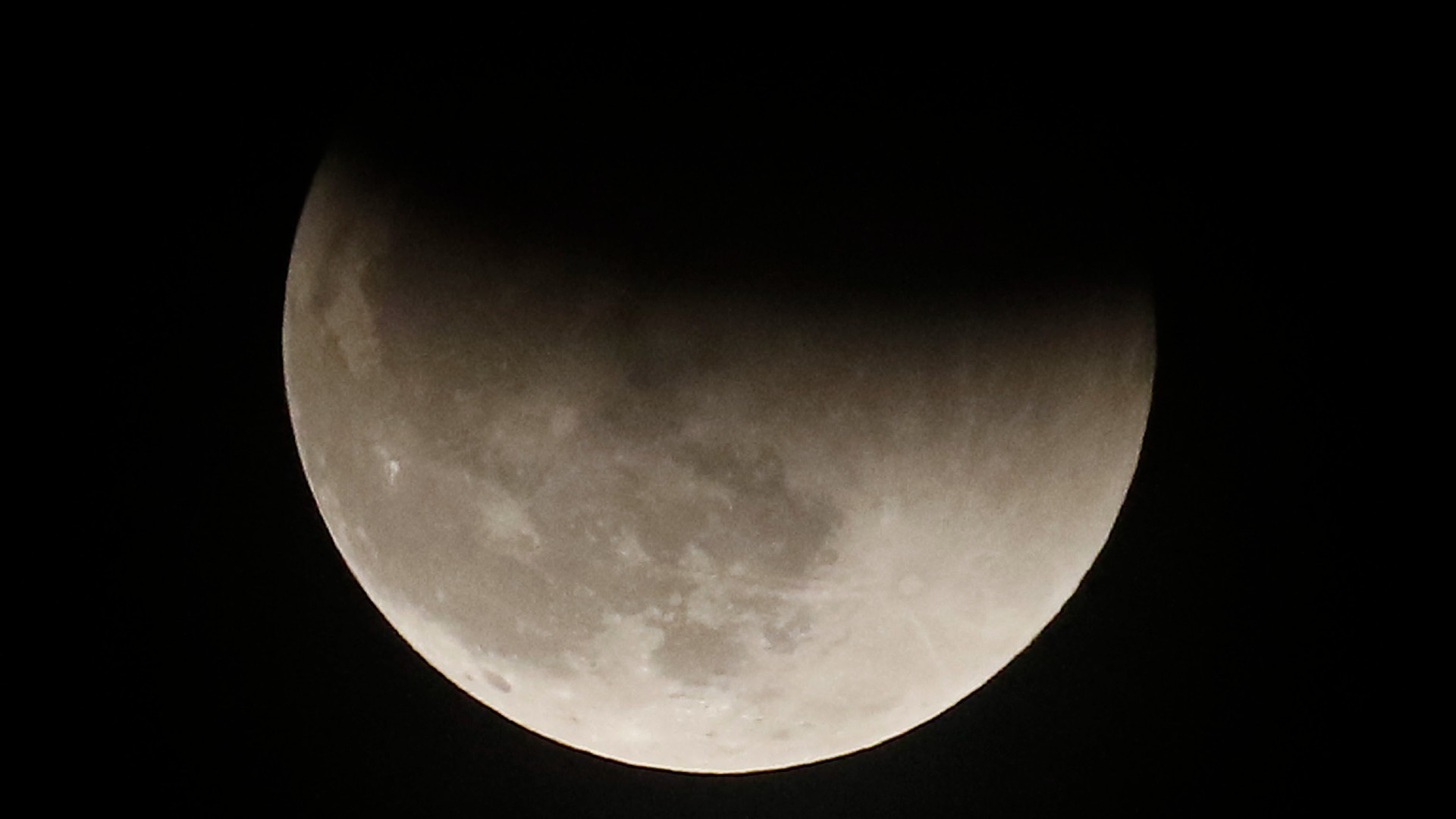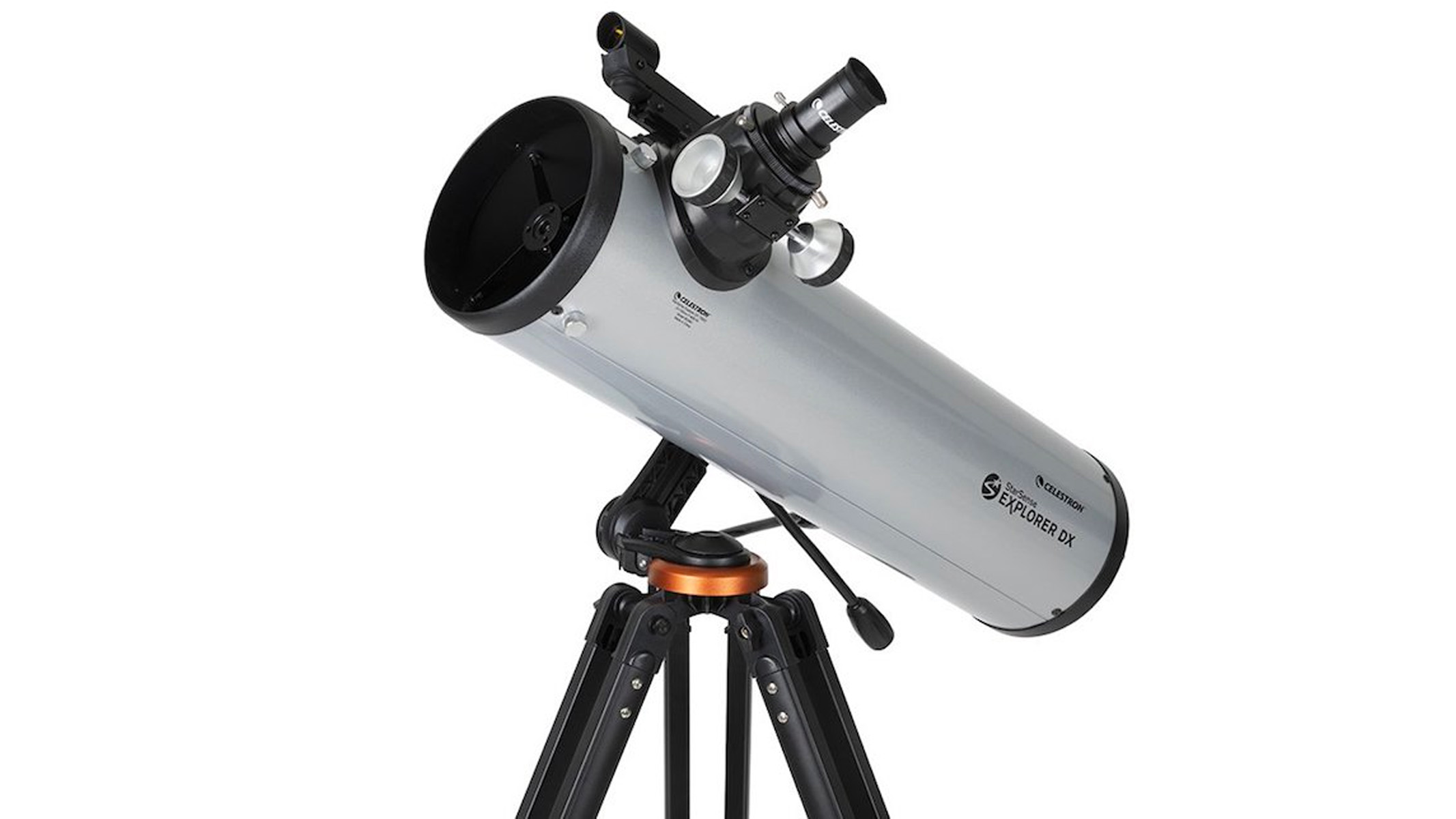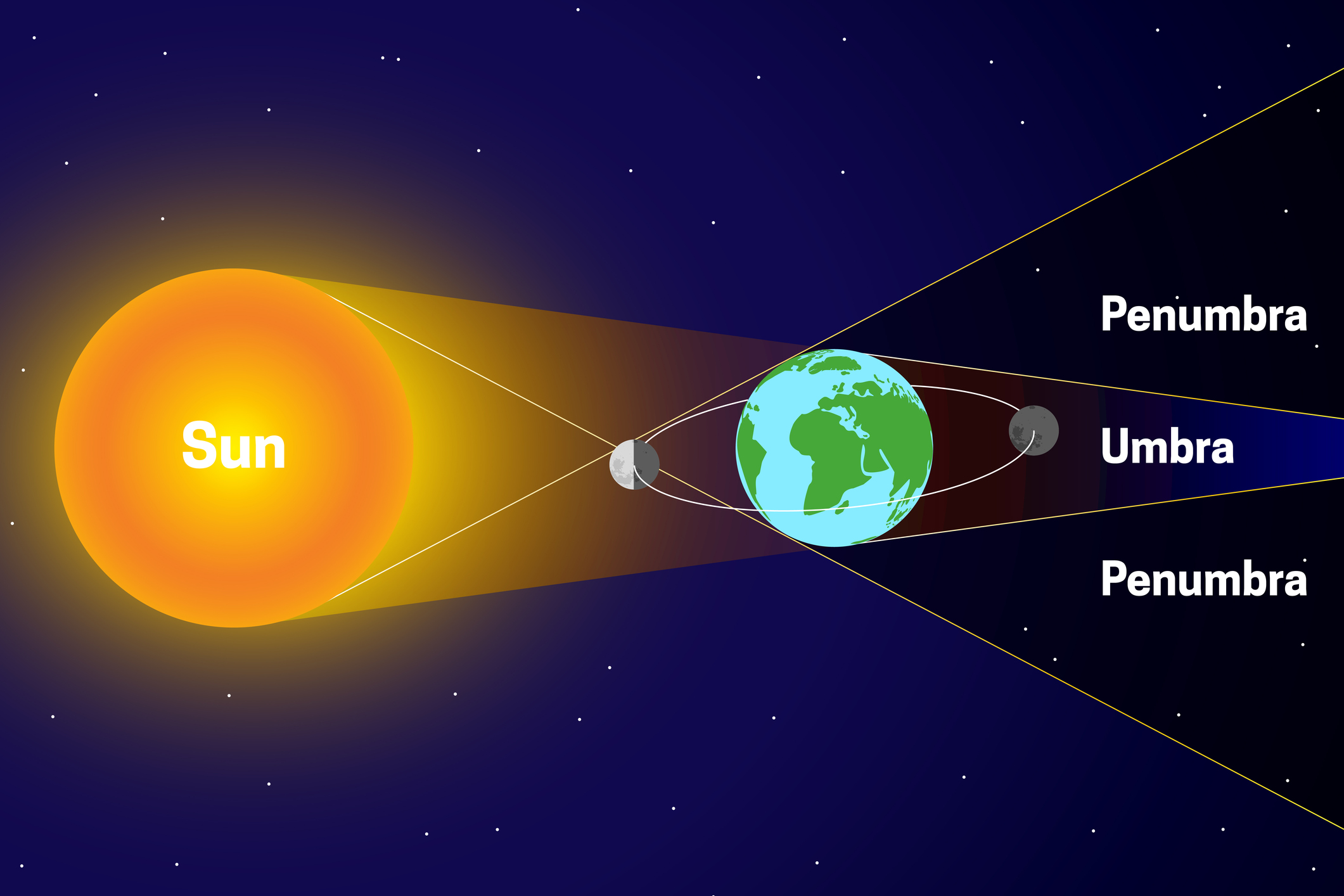Harvest Moon Supermoon lunar eclipse: How to watch online for free tonight
A partial lunar eclipse of the Super Harvest Moon is coming tonight (Sept. 17.) Here's how you can watch it online for free.

Editor's note: The Harvest Moon Supermoon delighted skywatchers worldwide on Sept. 17. You can read our wrap story here and marvel at some of the incredible photos that captured the lunar scene last night.
A partial lunar eclipse of September's Harvest Moon Supermoon is happening tonight, and you can watch it online for free.
On Tuesday (Sept. 17), the Full Harvest Moon will experience a partial lunar eclipse that will be visible for North and South America (except for Alaska), Europe, most of Africa, western Asia, and parts of Antarctica. This eclipse will take place during a "supermoon," which will make the moon appear slightly larger in the night sky. This occurs when the moon is slightly closer to Earth, which happens because the moon's orbit is slightly elliptical, or oval-shaped.
If you can't watch the eclipse in person for any reason, there are luckily a number of livestreams available online for you to take in the Super Harvest Moon lunar eclipse.

Looking for a telescope to see the moon up close? We recommend the Celestron StarSense Explorer DX 130AZ as the best for basic astronomy in our best beginner's telescope guide.
Lunar eclipses occur when the sun, Earth and the moon are lined up so that Earth casts its shadow on our natural satellite. This lunar eclipse will be only a slight one, with just the top 8.7% of the moon covered by the darkest part of Earth's shadow. Still, a lunar eclipse is a celestial spectacle worth watching any time it occurs.
For the Eastern time zone of the U.S., the eclipse will begin around 8:40 p.m. EDT on Sept. 17 and will peak around 10:44 p.m. EDT. Europe and Africa, meanwhile, will see the eclipse during the pre-dawn hours on Sept. 18.
For London, the eclipse will appear greatest around 3:45 a.m. BST on Sept. 18.
Get the Space.com Newsletter
Breaking space news, the latest updates on rocket launches, skywatching events and more!

Livestreams of the partial lunar eclipse of the Super Harvest Moon are below. Watch them here on Space.com courtesy of the channels listed:
Time and Date
TimeAndDate.com will host a livestream of the partial lunar eclipse beginning at 9 p.m. ET on Sept. 17 (0100 GMT on Sept 18).
TimeAndDate offers a number of helpful resources for the eclipse, including interactive maps and times based on your location.
The Virtual Telescope Project
Astronomer Gianluca Masi of the Virtual Telescope Project in Manciano, Italy will also host a livestream of the Super Harvest Moon lunar eclipse. The project's livestream will begin at 8:30 p.m. EDT on Sept. 17 (0030 GMT on Sept. 18) and will feature live telescope views of the moon throughout the stages of the eclipse.
Adler Planetarium
The Adler Planetarium in Chicago will also host a lunar eclipse livestream beginning at 10 p.m. EDT , or 9 p.m. CDT local time (0100 GMT on Sept. 18).
Adler Planetarium's livestream will feature astronomy educators offering live commentary on the eclipse as well as helpful tips for viewing the event yourself.
Viewing the moon
Whether there is a lunar eclipse or not, the moon is always a beautiful sight seen up close. If you want to see craters and "seas" on the moon during lunar eclipses or at any other time, be sure to take a look at our guides to the best telescopes and best binoculars.
And if you want to try your hand at taking your own photos of the moon, we have a guide for how to photograph the moon, as well as lists of the best cameras for astrophotography and best lenses for astrophotography.
Be sure not to miss our night sky tonight page and monthly skywatching calendar for more celestial events to take in!
Editor's note: If you get a great picture of the moon during September's partial lunar eclipse, and would like to share it with Space.com's readers, send your photo(s), comments, and your name and location to spacephotos@space.com.
Join our Space Forums to keep talking space on the latest missions, night sky and more! And if you have a news tip, correction or comment, let us know at: community@space.com.

Brett is curious about emerging aerospace technologies, alternative launch concepts, military space developments and uncrewed aircraft systems. Brett's work has appeared on Scientific American, The War Zone, Popular Science, the History Channel, Science Discovery and more. Brett has English degrees from Clemson University and the University of North Carolina at Charlotte. In his free time, Brett enjoys skywatching throughout the dark skies of the Appalachian mountains.


